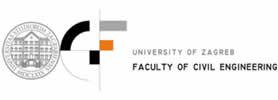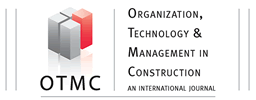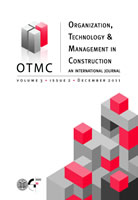Abstract:
Although the birth of Precedence Diagramming Method (PDM)
is not as radiant as of CPM or PERT, but it is definitely the
prevailing scheduling technique of our times. This popularity
is due to its modeling flexibility over other techniques
and the easy-to-understand mathematical model behind the
technique. However, even this technique has its own limitations;
modeling overlapping activities in a proper way seems
to be a never-ending debate. The reason of this can be found in
the fundamentals of PDM technique; the four precedence relationships
that form connections between the end-points of the
activities,
with constant production speed. These fundamentals of PDM
have their own consequences to scheduling practice; it is more
and more apparent among professionals that activity overlapping
in PDM cannot be modeled adequately. Different solutions
were proposed for solving this problem from the application of
negative lag, through the combination of SS and FF relations to
the fragmentation of activities. All these solutions have their
shortcomings. Probably the fragmentation technique has led
to the development of point-to-point type of relation that can
connect any arbitrary points of the dependent activities. The
objective of this paper is to analyze the pros and cons of different
solutions that are used for modeling overlapped activities,
then to show how newly defined point-to-point relations can be
used for this purpose. Algorithms that handles point-to-point
relations with minimal and maximal lags are also presented.
The main finding of the paper is that newly developed point-topoint
relations are better from theoretical and practical point
of view than the solutions based on traditional precedence
relationships, but they still cannot provide theoretically perfect
solution for overlapping. This paper is the fully extended
version of a paper building on the results already presented on
the Creative Construction Conference [1].
Keywords: Precedence Diagramming
Method, Activity
overlapping, Point-to-point
relations
|



 |
| 